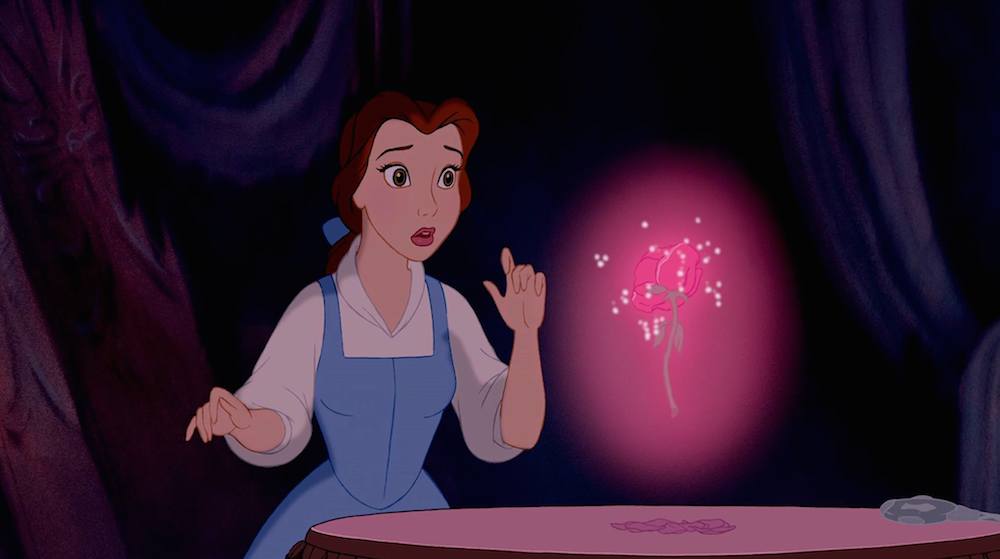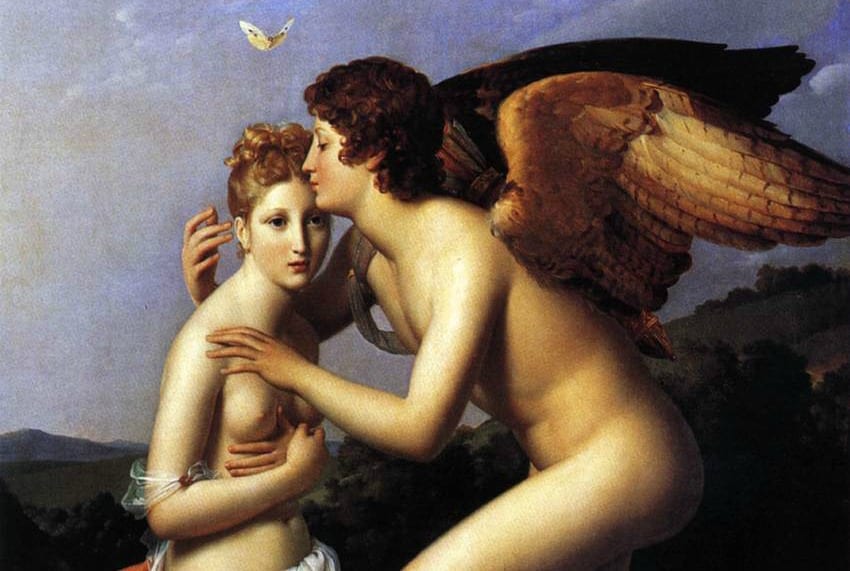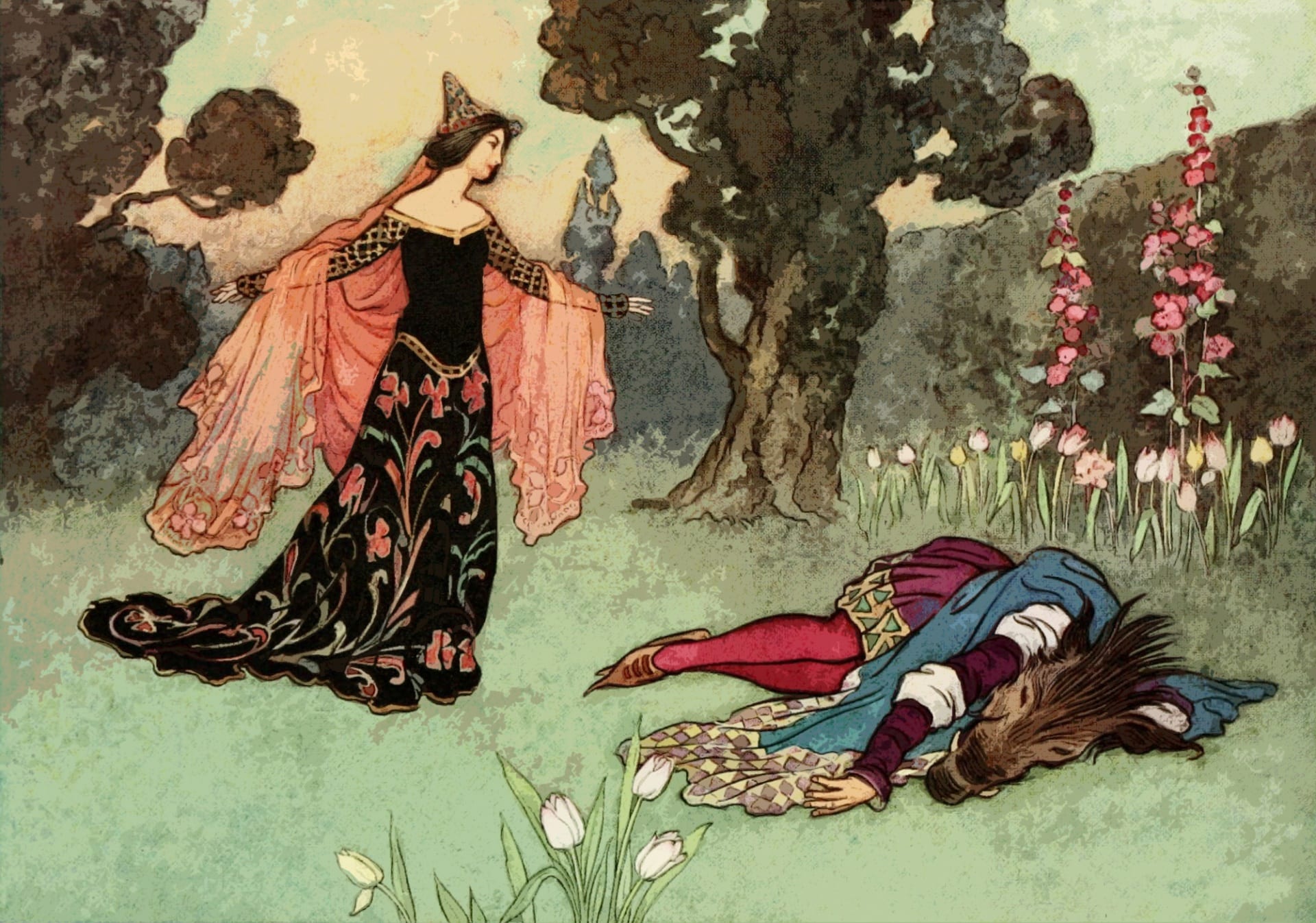
Next Friday it opens around the world the version live action from the Disney animation classic Beauty and the Beast, this time with Emma Watson, a greater display of effects and an alleged feminism that reinvents (even more if possible) the history that we all know. However, what remains of the original material of which is one of the most eternal love stories in fiction? Are you coming to meet the literary origin of Beauty and the Beast?
Beauty and the Beast, or the oldest story in the world

Cupid and Psyche
The story of Beauty and the Beast it is possibly one of the most universal in literature due to its many interpretations and versions. In fact, the mythical tale of the inventor's daughter who fell in love with a prince turned monster is thought to have emerged from various Greek myths, including the Minotaur, the accidental love of Cupid and Psyche (included in turn in The Golden Ass of Apuleyus, in the XNUMXnd century AD) or the story of Oedipus and his relationship with The Sphinx.
Myths that continued to circulate during medieval times in the form of stories and folk tales, although many believe that the origin of "the Beast" had much to do with the existence of Pedro González, a Tenerife henchman of Enrique II born with hypertrichosis, a disease characterized by the growth of hair on the face, and he married a young French woman in the XNUMXth century.
Curiously, in 1550 the first version of the story was published by the Italian author Giovanni Francesco Straparola and included in his anthology Le piacevoli notti (The pleasant nights). In the story, a young woman knew a deformed man with a good heart with whom she ended up in love, a plot that he himself Charles Perrault would adapt at his own discretion in 1657 with a story included in Tales of Mama Goose, where we also find Blue Beard, the dark cousin of Beauty and the Beast. The problem was that, like the author's adaptation Giambattista Basile, both versions became a festival of ogres, kings and magic totally different from the simple initial idea of Straparola.

With the arrival of the XNUMXth century, two women contributed to exalting the female figure in history after years diving between European tales and fables. The first of them, the author Gabrielle-Suzanne Barbo de Villeneuvet, wrote a story in 1740 that, despite prolonging the magical universes of Perrault and Basile, delved into the figure of a more liberated protagonist trapped between hierarchies of kings and magicians.
I would put the icing on it Jeanne-Marie LePrince de Beaumont, a French teacher exiled in England who would give the final version in 1756. Beaumont's genius lay in suppressing ogres and excessive magic, giving the work a more everyday touch, sweeping away the overloaded magic of European folk tales. In this version, Bella had two lazy sisters while she, a la Scarlett O'Hara, was the only one who helped her father with his lands, a merchant who after getting lost in the forest took refuge in a castle until he was discovered by its monstrous owner. while plucking a rose for his favorite daughter. The rest is history.
Just one year after its publication in France, Beaumont's work was translated into English as The Young Misses Magazine, Containing Dialogues between a Governess and Several Young Ladies of Quality, Her Scholars, becoming the definitive publication that would make Beauty and the Beast transcend above all its previous versions by claiming more earthly values such as integrity, appearances and prejudices.
In this way, the final narrative of Beauty and the Beast, which was highly critical of marriages of convenience, the power of landowners and the liberation of women, would be the one that Disney would in turn modify slightly in the what was the first animated film nominated for an Oscar for Best Picture in 1991.
And this Friday, an even more humanized adaptation of the classic that we all grew up with will hit the screens to confirm if Beauty and the Beast is the definitive triumph of femininity, beauty and the breaking of prejudices. Although something tells me that we will stay with the insurmountable version of a lifetime.
Did you know that Beauty and the Beast is my favorite disney movie? Which is yours?